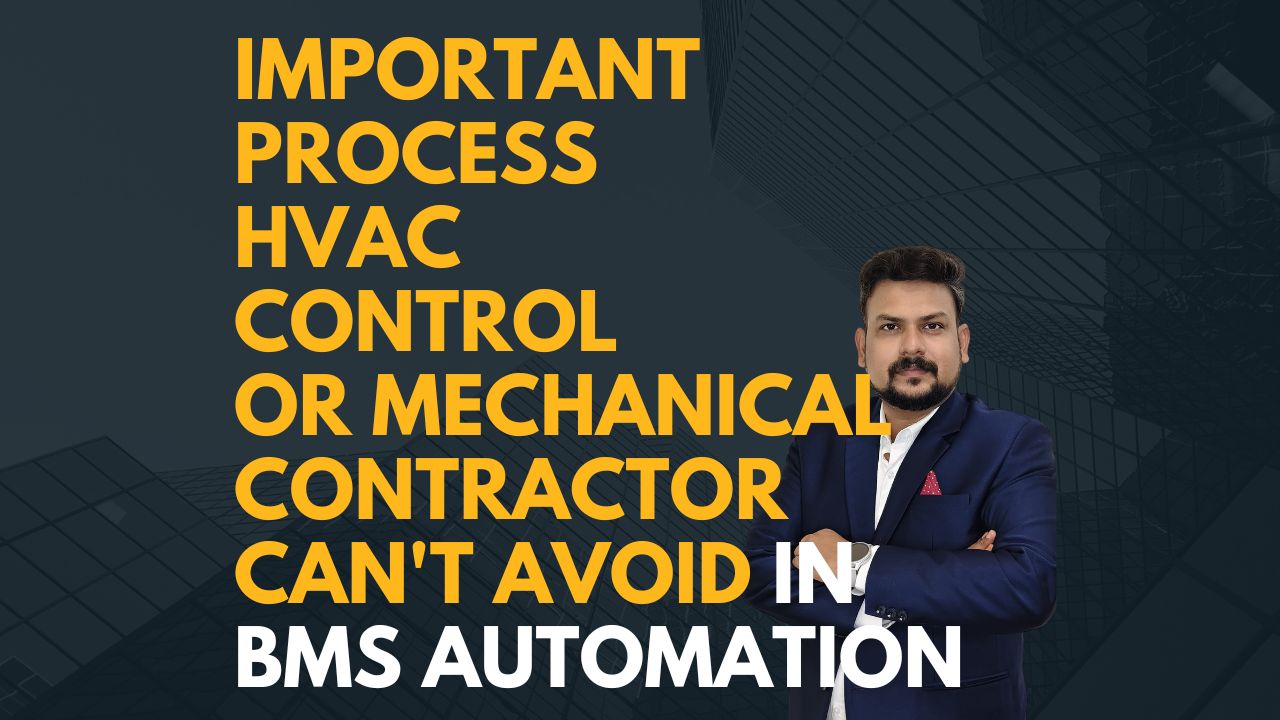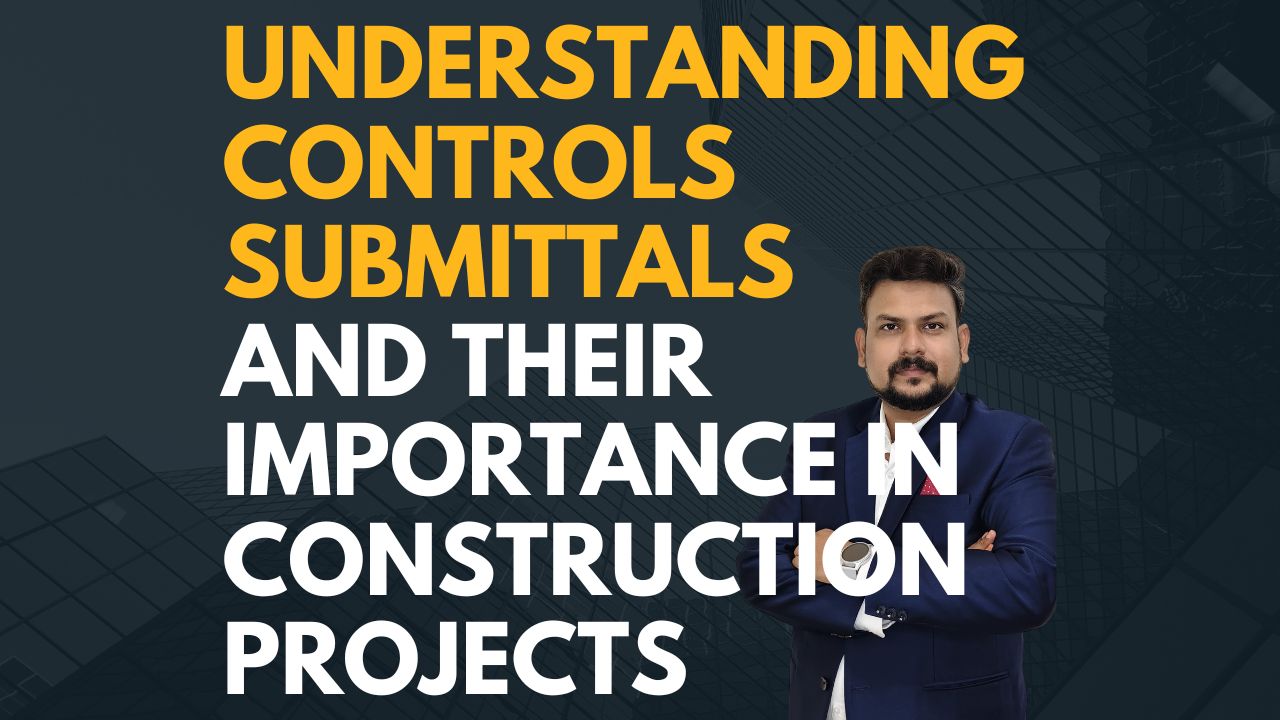How to Read and Understand a Network Riser Diagram
.jpg)
November 21, 2025
A network riser diagram is a visual map showing how network cables run vertically and horizontally throughout a building. Understanding it is key to planning, troubleshooting, or upgrading a network.
Tips to read it effectively:
- Identify Floors & Levels
Each floor is usually represented horizontally on the diagram. Look for labels like Floor 1, Floor 2, or basement/roof connections. - Trace Vertical Paths
The riser shaft is the main vertical channel. Follow the lines connecting devices on different floors to understand how data flows. - Locate Network Devices
Check where switches, routers, servers, and patch panels are positioned. These are usually marked with standard symbols. - Check Cable Types & Ratings
Riser-rated cables are typically labeled (e.g., Cat6 CMR). Note which cables go through risers versus horizontal runs. - Understand Connectivity Points
Look for junctions or riser connect points—these indicate where cables from multiple floors converge.
By carefully reading a network riser diagram, you can visualize the building’s network backbone, plan upgrades efficiently, and ensure safe, organized cable management.
.jpg)
.jpg)
.jpg)
November 21, 2025
.jpg)
November 21, 2025
.jpg)
November 21, 2025
.jpg)
November 21, 2025
.jpg)
November 21, 2025
.jpg)
November 21, 2025
.jpg)
November 21, 2025
.jpg)
November 21, 2025
.jpg)
November 21, 2025
.jpg)
November 21, 2025
.jpg)
November 20, 2025
.jpg)
November 20, 2025
.jpg)
November 20, 2025
.jpg)
November 20, 2025
.jpg)
November 20, 2025
.jpg)
November 20, 2025
.jpg)
November 20, 2025
.jpg)
November 20, 2025
.jpg)
November 20, 2025
.jpg)
November 20, 2025
.jpg)
November 20, 2025
.jpg)
November 20, 2025

November 20, 2025

November 19, 2025



November 19, 2025

November 19, 2025

November 19, 2025

November 19, 2025

November 18, 2025

November 18, 2025





November 18, 2025

November 18, 2025


November 17, 2025


.jpg)
November 17, 2025
.jpg)
November 17, 2025
.jpg)
November 17, 2025
.jpg)
November 17, 2025
.jpg)
November 17, 2025
.jpg)
November 15, 2025
.jpg)
November 15, 2025
.jpg)
November 15, 2025
.jpg)
November 15, 2025
.jpg)
November 15, 2025
.jpg)
November 15, 2025
.jpg)
November 15, 2025
.jpg)
November 15, 2025
.jpg)
November 15, 2025
.jpg)
November 15, 2025
.jpg)
November 15, 2025
.jpg)
November 15, 2025
.jpg)
November 15, 2025
.jpg)
November 15, 2025
.jpg)
November 15, 2025
.jpg)
November 15, 2025
.jpg)
November 15, 2025
.jpg)
November 15, 2025
.jpg)
November 15, 2025
.jpg)
November 15, 2025
.jpg)
November 15, 2025
.jpg)
November 15, 2025
.jpg)
November 15, 2025
.jpg)
.jpg)
.jpg)
November 8, 2025
.jpg)
November 5, 2025
.jpg)
November 4, 2025
.jpg)
.jpg)
November 2, 2025
.jpg)
November 1, 2025
.jpg)
October 31, 2025
.jpg)
October 30, 2025
.jpg)
October 28, 2025
.jpg)
October 28, 2025
.jpg)
.jpg)
October 28, 2025
.jpg)
October 25, 2025
.jpg)
October 24, 2025
.jpg)
October 23, 2025
.jpg)
.jpg)
October 17, 2025
.jpg)
October 16, 2025
.jpg)
October 15, 2025
.jpg)
October 16, 2025
.jpg)
October 10, 2025
.jpg)
October 6, 2025
.jpg)
September 29, 2025
.jpg)
September 26, 2025
.jpg)
September 23, 2025
.png)
.jpg)
September 3, 2025

September 2, 2025
.jpg)
September 1, 2025
.jpg)
September 1, 2025
.jpg)
September 1, 2025
.png)
.png)
September 1, 2025

September 1, 2025
.png)
September 1, 2025
.png)
.png)
September 1, 2025
.png)
September 1, 2025

September 1, 2025
.png)
September 1, 2025

September 1, 2025

September 1, 2025

September 1, 2025

September 1, 2025
.png)
September 1, 2025

September 1, 2025
.png)
September 1, 2025
.jpg)
September 1, 2025
.jpg)
September 1, 2025
.jpg)
September 1, 2025
.jpg)
September 1, 2025

September 1, 2025
.jpg)

September 1, 2025

September 20, 2024

September 13, 2024

September 5, 2024

August 31, 2024

August 28, 2024



May 14, 2024
.jpg)
.jpg)











.jpg)
.jpg)
.jpg)
.jpg)
.jpg)
.png)

.jpg)


